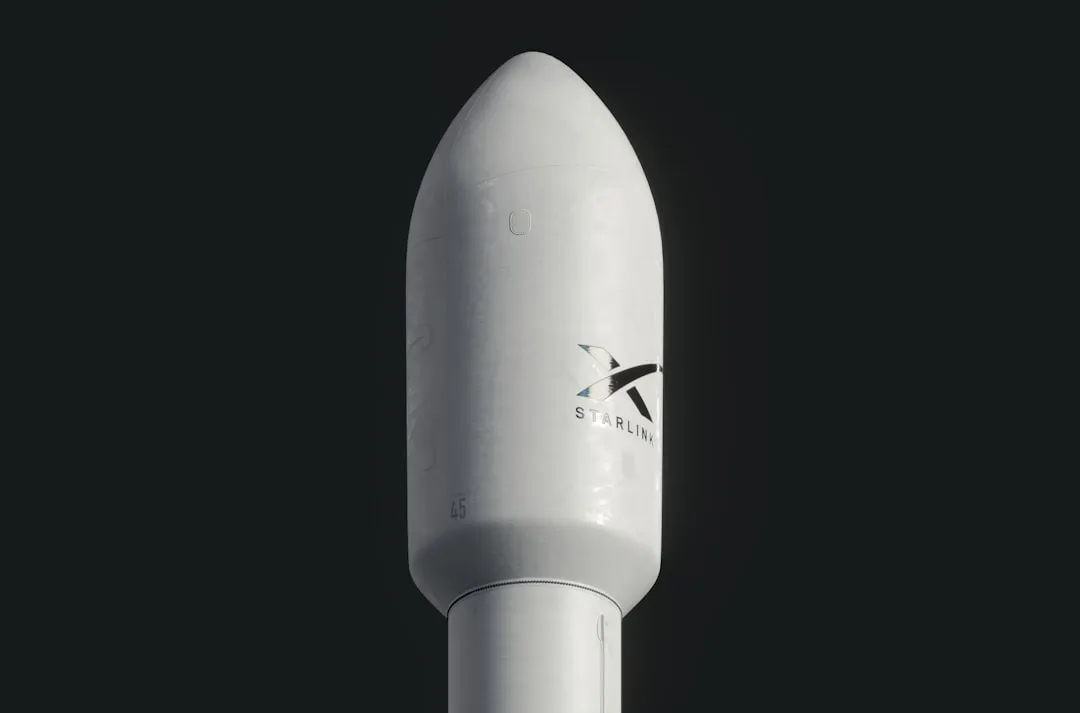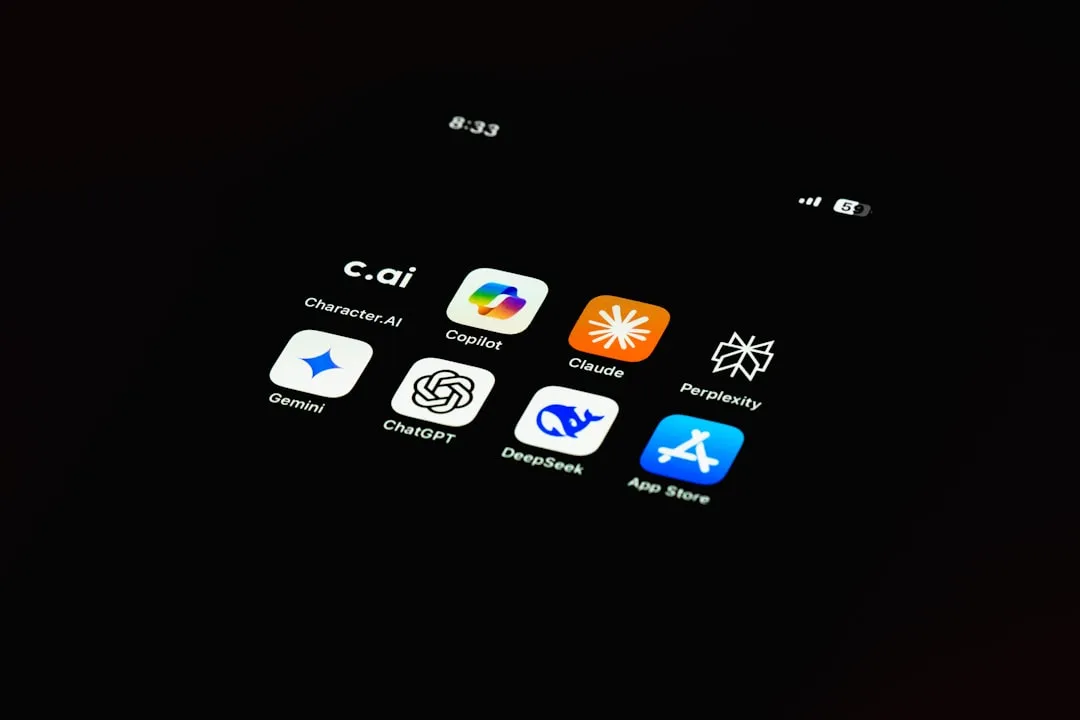| Update: ZTE's issues with the US government have finally been resolved. Check out the details below.
ZTE has a history of bumping heads with the US government. Multiple agencies have expressed distrust with the Chinese company and even discouraged Americans from using their products. With the latest event in this ongoing battle, it looks like Americans should finally ignore the OEM.
When the news broke that the FBI, CIA, and NSA all recommended against using ZTE phones, many figured this was just another instance of the government overreacting without really understanding technology. Perhaps it was, but after a recent court ruling, ZTE phones sold in the US are going to be severely hampered anyway. There's a lot going on here, so I'll start by providing some context.
A Brief History on ZTE's Struggles with the US Govenment
ZTE has been battling with the US government for several years now. Back in 2012, the House Intelligence Committee concluded after a year-long investigation that Huawei and ZTE were a national security threat to American companies. As a result, a funding bill was signed into law the following year, requiring NASA, the Justice Department, and the Commerce Department to seek approval from federal law enforcement agencies before buying IT systems from these companies.
In 2011, the FBI opened a criminal investigation into ZTE for allegedly shipping millions of dollars' worth of US tech goods to Iran illegally. ZTE was found guilty of the accusations and ordered to pay $890 million in fines and penalties with an additional $300 million over seven years if it failed to fulfill the requirements of the agreement. As part of the disciplinary agreement, ZTE was required to dismiss four senior employees and discipline another 35. The US also required Americans companies to apply for an export license before shipping US products to ZTE.
ZTE complied with the restrictions and was removed from the trade blacklist in 2017. With that, ZTE was once again able to compete in the US.
ZTE's Current Legal Troubles in the US
In early 2018, rumors emerged that ZTE was looking to get back into the US market with a successor to the popular ZTE Axon 7. While rumors were sparse, leaks indicated a Qualcomm Snapdragon 845 chipset would be included, leading customers to believe ZTE was once again offering a flagship caliber device. However, all this changed with the most recent set of news.
In April 2018, US officials learned that, while ZTE dismissed the four senior employees as per the 2011 ruling, they failed to discipline the 35 additional employees. As such, they were found in violation of the agreement, and the US Department of Commerce reacted with force — they banned US companies from selling technology products to ZTE for seven years.
Therefore, US tech companies such as Qualcomm won't be able to sell anything to ZTE until 2025.
What This Means for US Consumers
For the next seven years, ZTE will probably not sell mobile phones in the US. Without Qualcomm, ZTE can only purchase CPUs from either Samsung, Huawei, or MediaTek. However, Qualcomm owns several key patents for the CDMA-based mobile networks used in the US, so it's nearly impossible to launch a phone here without buying at least some tech from Qualcomm.
Even if ZTE could get around that issue, Samsung is likely to follow the US government's lead and avoid any problems that might stem from involving themselves with ZTE. Additionally, Huawei is dealing with its own host of problems, as six major US intelligence agencies recommended against using their products.
That leaves ZTE with just one option for a processor: MediaTek. The Taiwan-based company isn't well-established in the US, as their chipsets usually are only found in entry-level devices. While they do have some flagship processors, they have deferred their attention from these, as they were largely ignored by OEMs. In general, MediaTek processors are less powerful than Huawei's Kirin and Qualcomm's Snapdragon, using weaker GPUs and less powerful modems.
All of that aside, the US intelligence agencies' recommendation shouldn't be ignored. On two different occasions now, the US government has strongly recommended against doing business with ZTE and Huawei, with the second recommendation coming from six intelligence agencies. ZTE has also deceived the US government by selling US products to a known adversary. Both recommendations were based on national security risks, with the latest citing "the capacity to maliciously modify or steal information."
It Gets Even Worse
It looks like ZTE's troubles just got worse. Because the ban imposed by the US Department of Commerce includes software as well, ZTE may also lose access to Google's Android OS. Alphabet (Google's parent company) and ZTE are meeting to discuss the ban, which may include Android.
Because Android is open-source, it could be exempted from the ban. However, because Google (an American company) creates apps for the platform (such as the Play Store), future ZTE device may be banned from preinstalling Google apps on their device. This would include Gmail, Google Maps, YouTube, the Play Store, and many more.
A Presidential Intervention?
Now it seems like ZTE could actually be saved by an unlikely hero — the Trump administration. A tweet by Donald Trump stated that he is working with President Xi of China to adjust the ban, which not only hurts their presence in America but could result in jobs lost for the company.
The reason behind this sudden change may be due to damage each country is incurring as a result of the current trade war brewing between the US and China. The deal is rumored to remove tariffs (worth billions of dollars) imposed by China on US agricultural products. Additionally, the two countries are negotiating to ease the roadblocks created by China preventing US company Qualcomm from acquiring NXP Semiconductors of the Netherlands.
The acquisition, which was first announced in October of 2016, received eight of the nine necessary antitrust approvals to finalize the purchase. There is only one more approval needed: China's. Hence, ZTE and Qualcomm's future are intertwined in more than one way in these negotiations.
According to the Hill, on May 17, House Appropriations Committee unanimously agreed on an amendment to the 2019 Commerce, Justice, and Science Appropriations bill that, according to Rep. Dutch Ruppersberge (D-Maryland), would prevent the Commerce Department from renegotiating the sanctions. With this agreement, any potential relief tweeted by President Trump is dead. For now, ZTE will have to serve their seven-year ban. However, the ZTE Axon 9 may not be dead.
A Potential Lifeline from a Competitor
It looks like ZTE may not be dead yet. While Qualcomm might be legally barred from selling their product to ZTE, the Chinese company might be able to use another SoC: Samsung's Exynos processor.
The head of Samsung's logic chip developers, Inyup Kang, reported to Reuters that Samsung will be unveiling a new client as early as the first half of 2019. Currently, the only other OEM using Samsung's Exynos SoC is Meizu.
However, with ZTE's ban, this could be the lifeline ZTE needs to continue to release their phones without the use of American products. Depending on whether Google's Android software is determined to be included in the ban, ZTE might be back up and running by next year.
Update: A Conclusion to the Saga
We have finally concluded this ongoing battle between ZTE and the US government. At President Trump's behest, the Commerce Department reached a new deal with ZTE that removed the ban as long as ZTE met a series of requirements. According to Reuters, ZTE deposited $400 million in a US bank escrow account as part of the deal, along with a $1 billion penalty which ZTE already paid to the US Treasury in June. ZTE also had to replace their board of directors and senior management, which they did.
ZTE will also have to retain a compliance team (as reported by The Verge) for ten years, comprised of individuals chosen by and answering to US governing bodies. This team will monitor the company's actions, and if any breaches occur, could assist the US government in instituting a new ten-year ban.
The ZTE Axon 9 is back on schedule and is set to be announced on August 30th at 10:00 am ET. What do think about the resolution to this issue? Are you happy ZTE's ban was lifted? Let us know in the comments below.
- Follow Gadget Hacks on Facebook, Twitter, YouTube, and Flipboard
- Follow WonderHowTo on Facebook, Twitter, Pinterest, and Flipboard
Cover image and screenshots by Jon Knight/Gadget Hacks

























Comments
Be the first, drop a comment!